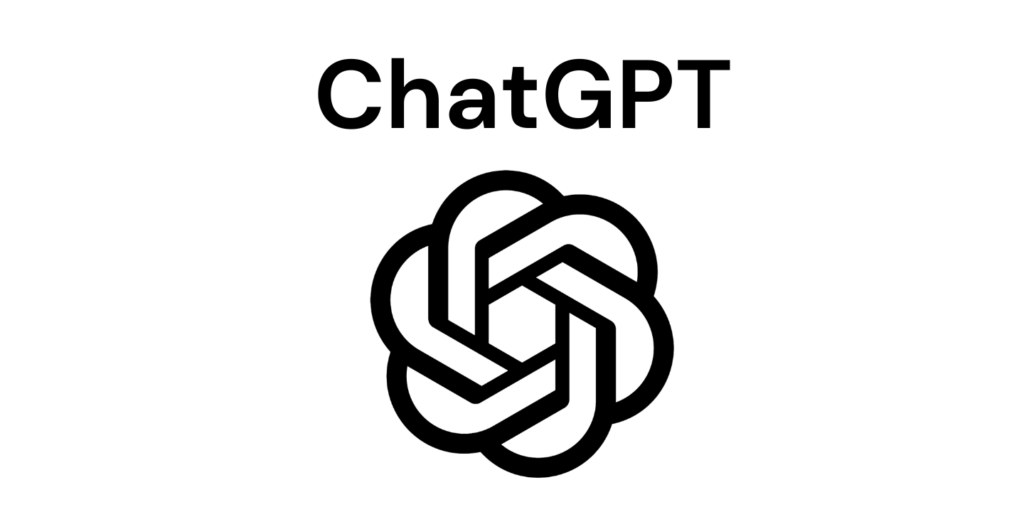Fostering diversity & inclusion in the workplace is easier said than done. Many firms, particularly startups and small businesses, prioritize it, but the results often does not come out as desired. Don’t worry if this describes your circumstance; you’re not alone. Fortunately, promoting diversity and inclusion in the workplace is not a complex task. It simply requires a bit of knowledge, determination, and proactive steps.
If you want to make your employees more productive and connected to the organization, and hence experience huge gains in your business results, then consider learning how to make your workplace more diverse and inclusive. There have been studies that show clear correlations between diversity and business performance. Below, we will guide you on initiating the necessary changes your company requires.
Table of Contents
Measure Instead of Guessing
Judging the diversity and inclusivity in a room full of people is not a straightforward task. They aren’t merely subjective measures; they require hard statistics.
Conduct anonymous company surveys to determine how your employees feel about diversity, inclusiveness, and corporate culture. Repeat the poll regularly to check if you’re making progress and complete public objectives for where you’d like to be in 12 months or longer. Customer research can also help you understand more about your hiring requirements, particularly if your clientele represents diverse groups. Having relevant expertise within your staff can be advantageous in this regard.
Remember, what gets measured gets managed. Publicize your objectives and hold yourself accountable to them.
Firstly, establish regular check-in dates to ensure the initiative stays on track. Make a company-wide commitment to diversity and inclusion. Executives, team leads, recruiting managers, recruiters, and front-line employees (who are busy referring all of their friends) should all be involved. Don’t beat yourself up if you fall short. Recognizing the issue, committing to a goal, devising a strategy, and carrying it out to the best of your ability are significant steps forward. Diversity and inclusion is more of a journey than a destination.
Make Inclusivity a Core Value in Your Organization

Your company’s values usually represent your culture and how you think, behave, and treat people. Unfortunately, diversity and inclusion are frequently left out of these ideals and lumped into the “other” category. Include inclusion in your company’s fundamental principles if you want it to be a part of the culture. That includes reinforcing (and working toward) your values during all-hands meetings, events, team meetings, and even calls with possible investors, and not just restricted to your onboarding brochure or the website page.
Seek input from your staff in refining your company’s values. What vision do they have for inclusivity, and how will progress be measured? Tailor your communication to their understanding by encouraging comments, feedback, and fine-tuning of your new values.
Mind your Language Choices more Carefully
To be inclusive, be mindful not only of what you say but also how you say it. Make a conscious effort to eliminate toxic terminology from your company’s common lexicon. It isn’t just what you say on your website or in Google Docs; it’s how you communicate in meetings, corridors, and corporate events. Your industry may use language that is objectionable to some races or groups. Some industries, for example, utilize words such as allowlist and blocklist. These terms have the potential to be nasty and disrespectful. Find new words to describe these more inclusive objects.
When you make a mistake (which we all do at some point), apologize swiftly and truly. We’re not perfect, and inclusivity isn’t something that can be turned on or off. Make a conscious effort to avoid making the same mistake again.
Create a Supportive Space for Everyone
The average person works for at least 90,000 hours, or one-third of their lives. It’s a different debate whether we should work that much. The takeaway is that people should feel at ease and protected where they spend substantial time of their life. Consider how you can make your office (both physical and virtual) more accessible to everyone. Here are some suggestions:
- Wheelchair Ramps: Wheelchair ramps aren’t just for disabled employees. Some employees prefer walking the stairs, while others are more likely to bring disabled friends and family to corporate functions.
- Nursing Rooms: Provide a safe, quiet room at your workplace for working mums. It doesn’t have to be nice (and it shouldn’t be filthy), but it should have a lockable door, comfortable chairs, a mini-fridge, and a sink.
- Gender-Neutral Bathrooms: Not everyone identifies strictly as male or female, therefore creating a safe space for all employees is essential. Single-person, gender-neutral bathrooms offer a straightforward solution.
- Quiet Areas: Not everyone thrives in “collaborative” environments. Some employees like to work in calm, secluded areas. They aren’t necessarily introverted or antisocial; they operate better in that environment.
- Personal Time (Remote): Slack messages, emails, texts, and Zoom meetings are continuously bombarding remote employees. Allow employees to schedule an “off the grid” time and not reply to communications on their calendars.
- Prayer Rooms: Some religions have prayer rooms open during the week and on weekends. Providing a dedicated worship place in your office makes their lives easier and shows that you care.
Hire with Purpose
Your current employees and the people you expect to hire in the future define diversity and inclusion at your company. When hiring new employees, fight the impulse to hire people who are exactly like you. While this makes connections more accessible and reduces discomfort, your company doesn’t require more of you (no offense). It necessitates a wide range of abilities, perspectives, attitudes, and actions.
Consider what your team might be missing. If you have an all-male marketing team, it would be beneficial to hire some females. If most of your leadership team is of a single race or ethnicity, consider diversifying your hiring to gain more viewpoints in critical decision-making. Remember, building diverse and inclusive teams is not about being politically correct. It all comes down to making your employees better, happier, safer, more engaged, and more productive.
Increase the Number of Inclusive Company Vacations
Examine your company’s typical holiday calendar and consider how you can make it more inclusive of diverse cultures, beliefs, faiths, and people. Thanksgiving may be unimportant to some of your coworkers, but Juneteenth may have a significant meaning for them. That is something to keep in mind while selecting days for company vacations. It is tricky territory to negotiate. Making everyone happy is challenging since taking time off for every holiday is impossible—no one would work, and you’d eventually shut down. Consider offering a diverse range of more inclusive business holidays to your current and future employees.
Encourage the Formation of Employee Interest Groups
Encourage your employees to join groups and clubs at work to help them make new acquaintances and expand their networks. Assist your human resources department in learning about these groups to guide new hires to the right resources.
Being more inclusive involves more than a conscious decision—it necessitates training and repetition. Inform your employees (and yourself) about ways to be more inclusive. Invite guest speakers or experienced trainers to instruct your team at sessions and events. Make this a regular element of your week-to-week and month-to-month personal and professional development.
Host Training and Special Events
Bring it up in Conversation
If you sweep diversity and inclusion under the rug, they will never improve. Bring them out into the open. Discuss it in executive sessions, team meetings, and one-on-ones throughout the year, not just during Pride Month or yearly goal planning. Be honest and open with your staff. If you don’t like what you hear, ask for comments and feedback, and don’t get defensive. Find out what works (and what doesn’t) for other managers, founders, and CEOs. More discussions and awareness will never harm the situation; on the contrary, it will only improve it.
Develop your leadership skills to become more empathic. Other employees are dealing with their issues and need assistance. When you can’t relate to your managers and employees, it isn’t easy to understand their concerns. Learning to encourage diversity and inclusion in the workplace is a never-ending process, not a one-time
event.
Authored by Afifa Maryam for Fujn




